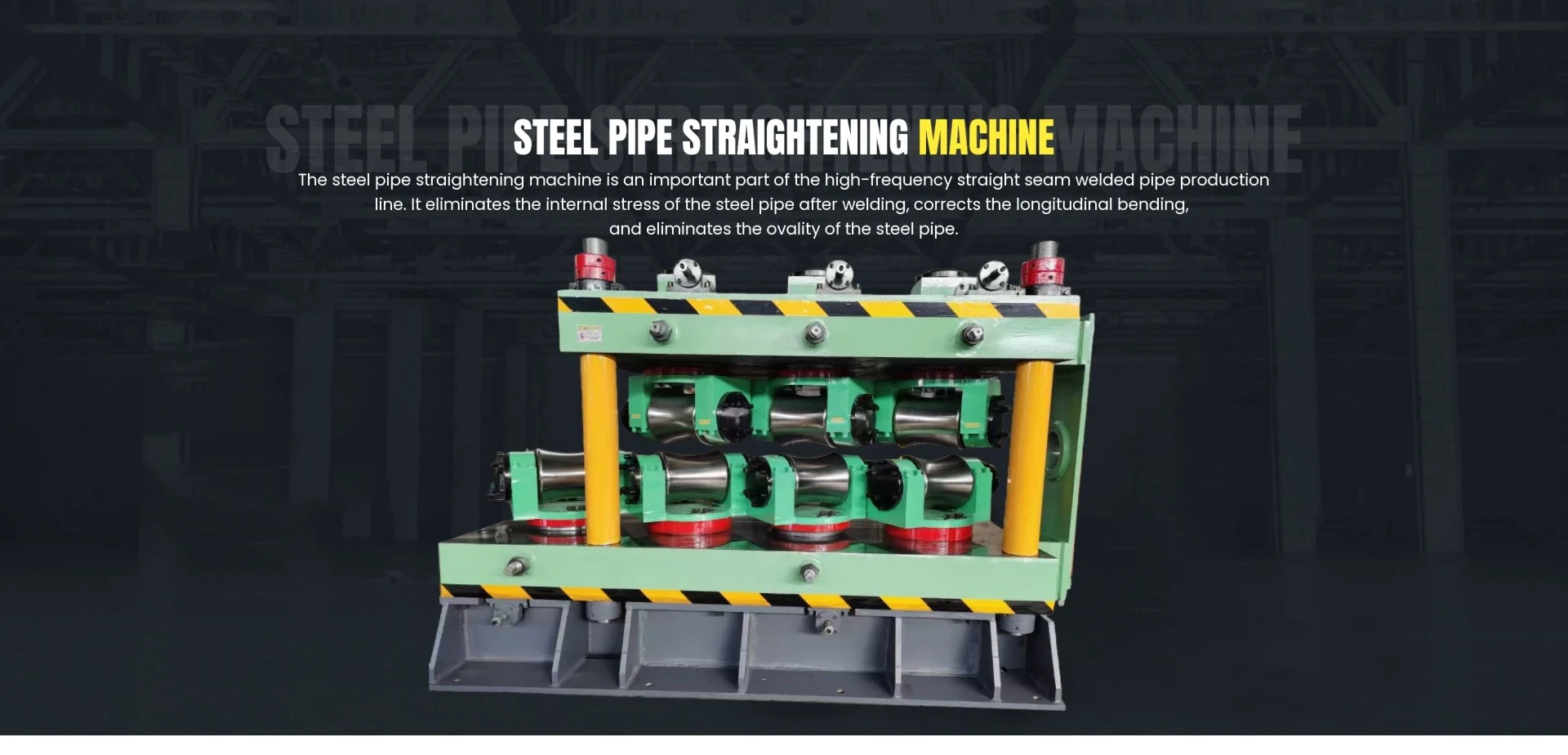Innovative Designs in Roll Forming Machinery for Enhanced Production Efficiency
Understanding Roll Forming Equipment An Overview
Roll forming is a highly efficient and versatile manufacturing process primarily used to create metal profiles and components with consistent cross-sectional shapes. The equipment used in this process, known as roll forming equipment, plays a crucial role in various industries, from automotive to construction. This article delves into the components, working principle, advantages, and applications of roll forming equipment.
Components of Roll Forming Equipment
At the heart of roll forming equipment is the roll forming machine, which consists of several key components
1. Rolls These are perhaps the most critical elements of the machine. The rolls are arranged in a series, each designed to progressively shape the metal strip as it passes through. Typically made from high-strength steel, the rolls are precisely machined to ensure accuracy in the final profile.
2. Feeding System This component controls the flow of material into the roll forming machine. It ensures that the metal strip is fed at the correct speed and alignment, which is essential for maintaining the quality and consistency of the final product.
3. Cut-off Device After the metal strip has passed through the rolls and has been shaped into the desired profile, a cut-off device ensures that the component is cut to the specified length. This can be done either mechanically or hydraulically.
4. Support Structures Roll forming equipment often includes various support structures and guides to hold the metal strip in place during processing. These ensure smooth movement through the machine and help maintain precision.
5. Control System Modern roll forming machines are equipped with advanced electronic controls that allow for real-time monitoring and adjustment of parameters such as speed, temperature, and tension. This ensures high levels of efficiency and product quality.
Working Principle
The roll forming process begins with a flat metal strip, which is fed into the machine. As the strip moves through the series of rollers, it undergoes a gradual bending process, shaping it into the desired profile. The design of the rolls is such that the metal is deformed uniformly, preventing stress concentrations that could lead to weaknesses in the final product.
roll forming equipment

The process typically uses materials with high ductility, such as steel, aluminum, and sometimes even copper. Roll forming can create a wide array of profiles, including channels, Z-shaped sections, and more complex geometries used in roofing, siding, and other applications.
Advantages of Roll Forming Equipment
One of the primary benefits of using roll forming equipment is the high efficiency of the process. Continuous production means that long lengths of material can be processed with minimal waste. This is especially beneficial in industries where large volumes of uniform components are required.
Additionally, roll forming equipment offers excellent precision. The consistency provided by the rollers ensures that each piece produced meets tight tolerances, which is critical in applications like automotive manufacturing, where fit and performance are paramount.
Furthermore, roll forming can accommodate a variety of materials and thicknesses, making it adaptable for different projects and requirements. It also allows for the integration of additional processes, such as punching or cutting, into the same machinery.
Applications of Roll Forming Equipment
The versatility of roll forming equipment has led to its widespread use across various industries. In the automotive sector, components such as chassis, brackets, and reinforcements are commonly produced using this technology. In construction, roll forming is vital for manufacturing structural elements, roofing panels, and siding.
Moreover, the electrical and HVAC industries utilize roll forming for creating ducts and conduits. Even in the furniture industry, roll formed components are used for making frames and support structures.
Conclusion
Roll forming equipment is an indispensable part of modern manufacturing, offering a unique combination of efficiency, precision, and versatility. As industries continue to evolve, the demand for customized, high-quality metal profiles will only increase, further solidifying the importance of roll forming technology in the manufacturing landscape. Whether for large-scale production or customized small runs, roll forming equipment remains at the forefront of metal fabrication.
-
High Frequency Straight Seam Welded Pipe Production Line-BzZhou Xinghua Machinery Equipment Manufacturing Co., LTD.|Precision Welding, High EfficiencyNewsJul.30,2025
-
High Frequency Straight Seam Welded Pipe Production Line|BzZhou Xinghua|Precision Welding&EfficiencyNewsJul.30,2025
-
High Frequency Straight Seam Welded Pipe Production Line - BzZhou Xinghua|Precision Engineering&EfficiencyNewsJul.30,2025
-
High-Frequency Straight Seam Welded Pipe Production Line-BzZhou Xinghua Machinery Equipment Manufacturing Co., LTD.NewsJul.30,2025
-
High-Frequency Straight Seam Welded Pipe Production Line-BzZhou Xinghua Machinery Equipment Manufacturing Co., LTD.|Precision Manufacturing, High EfficiencyNewsJul.30,2025
-
High Frequency Straight Seam Welded Pipe Production Line-BzZhou Xinghua Machinery Equipment Manufacturing Co., LTD.|Precision Steel Pipe Manufacturing&Industrial EfficiencyNewsJul.29,2025


